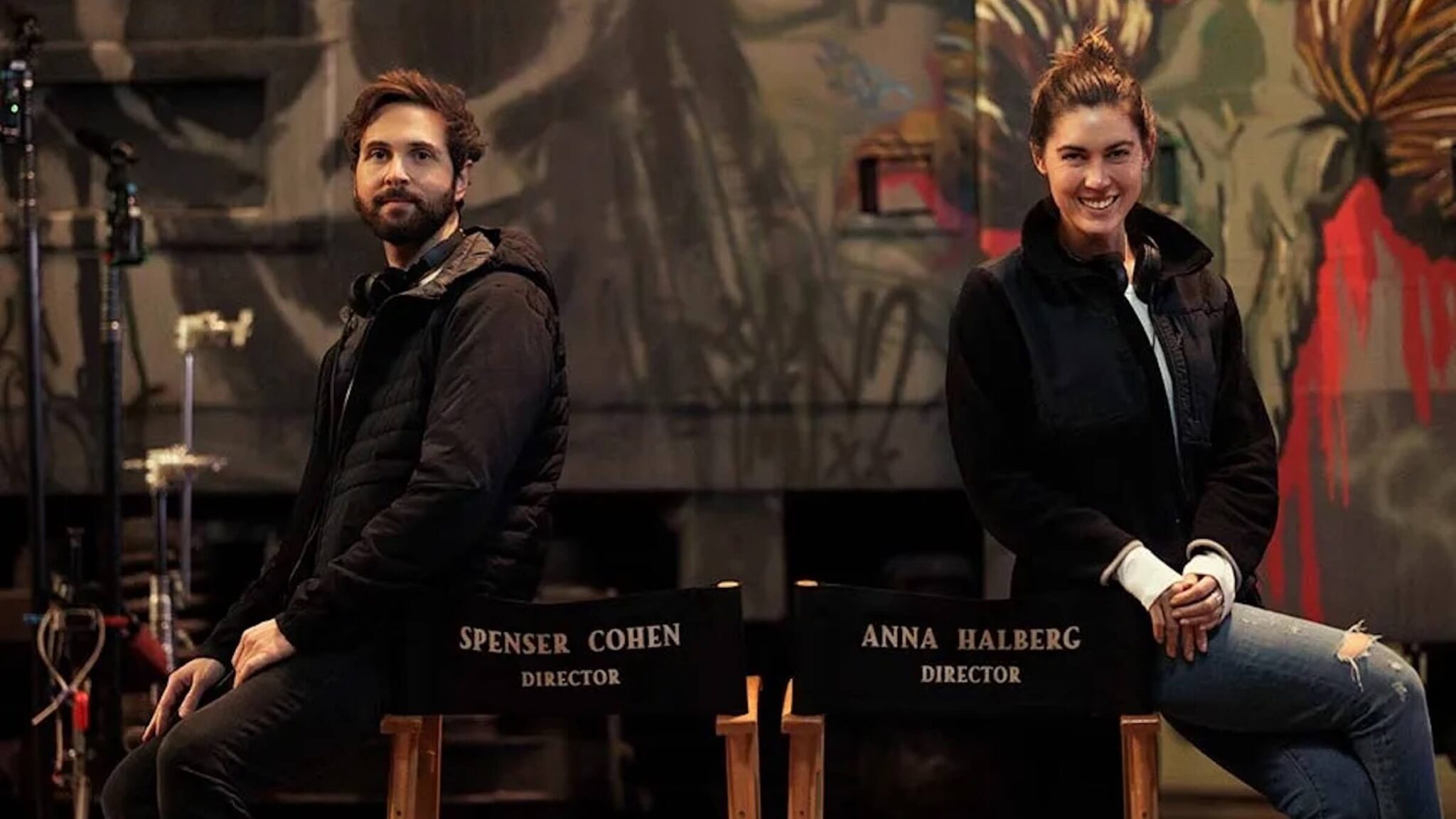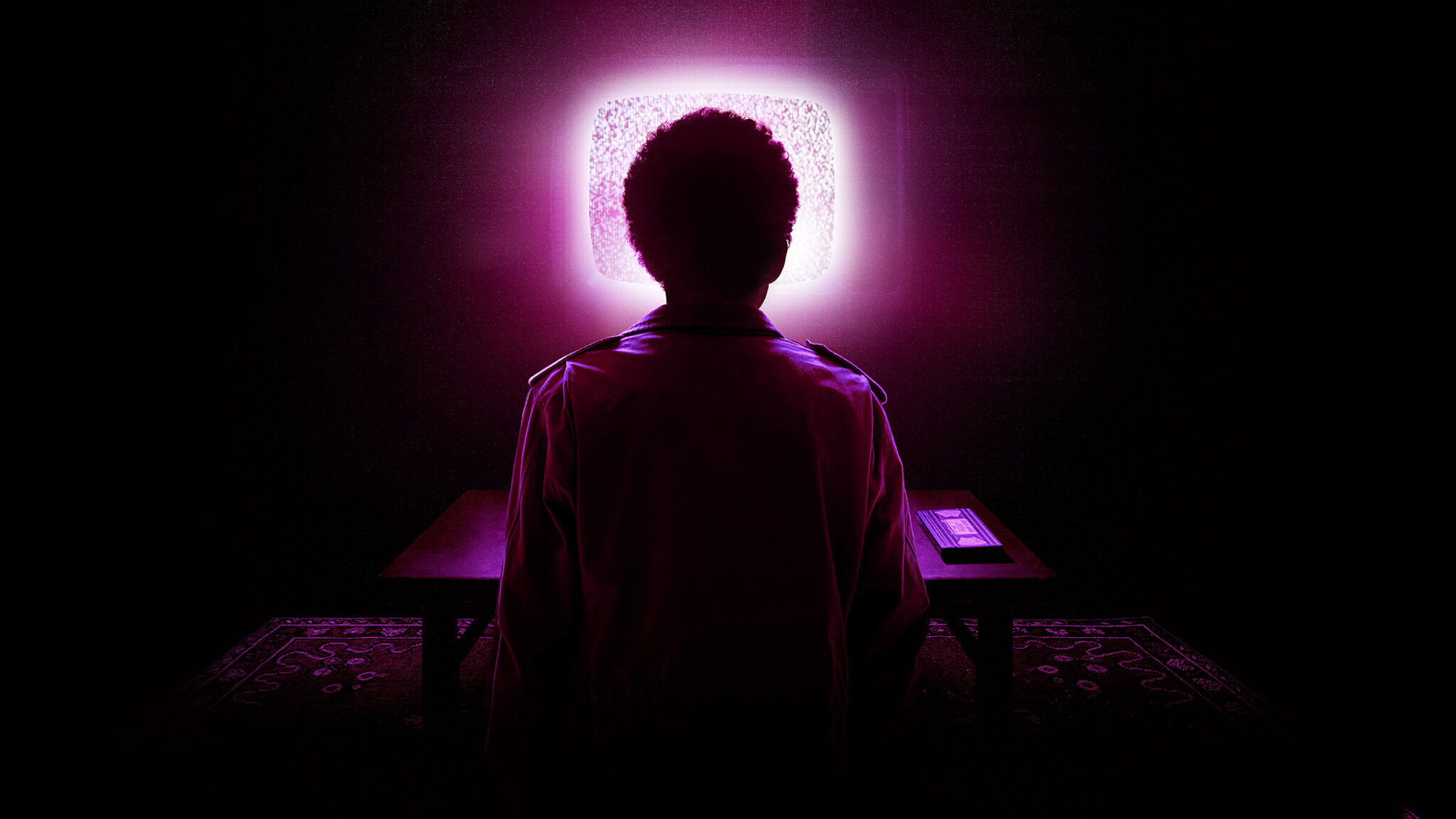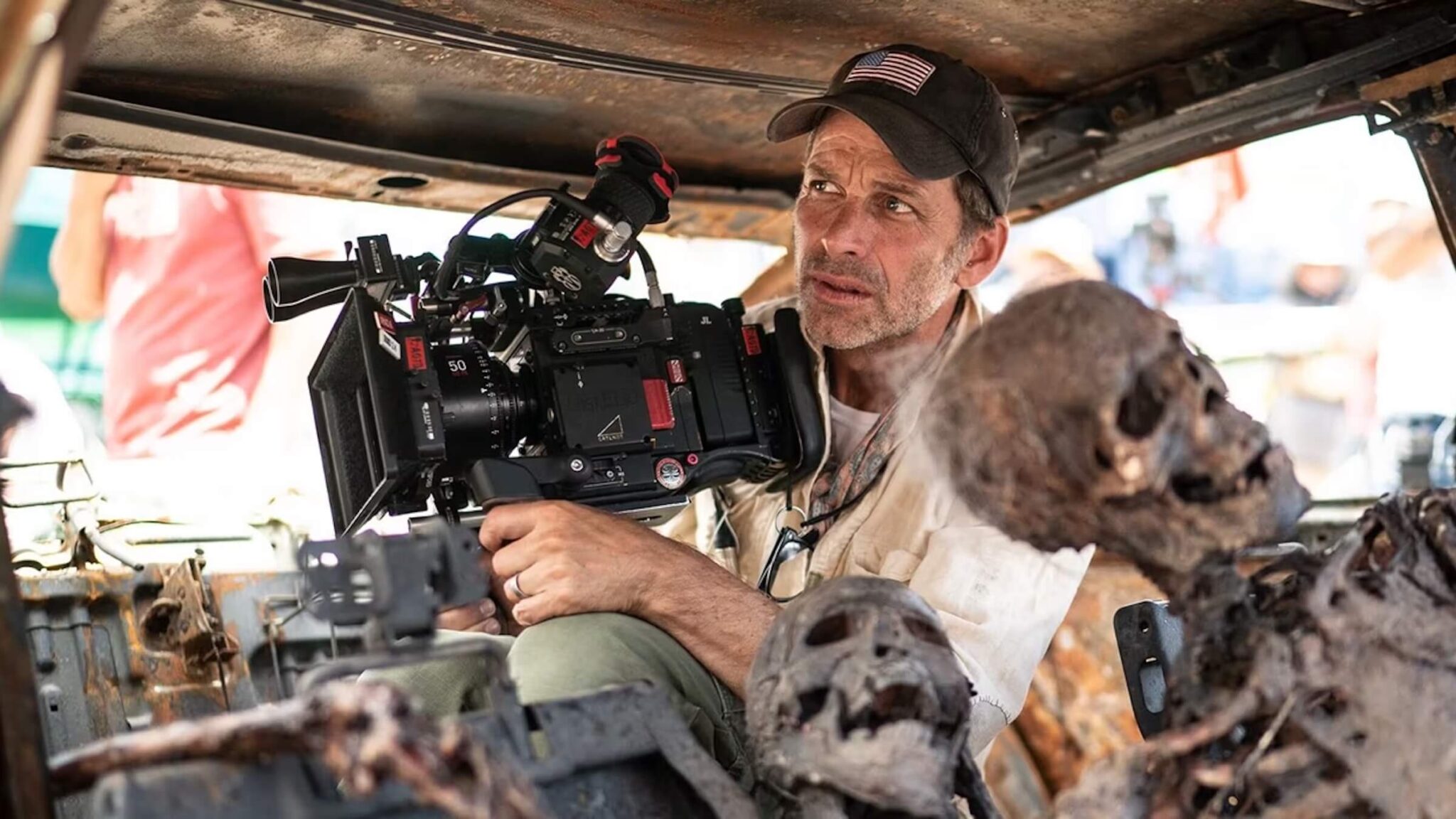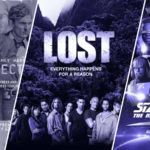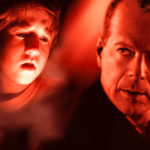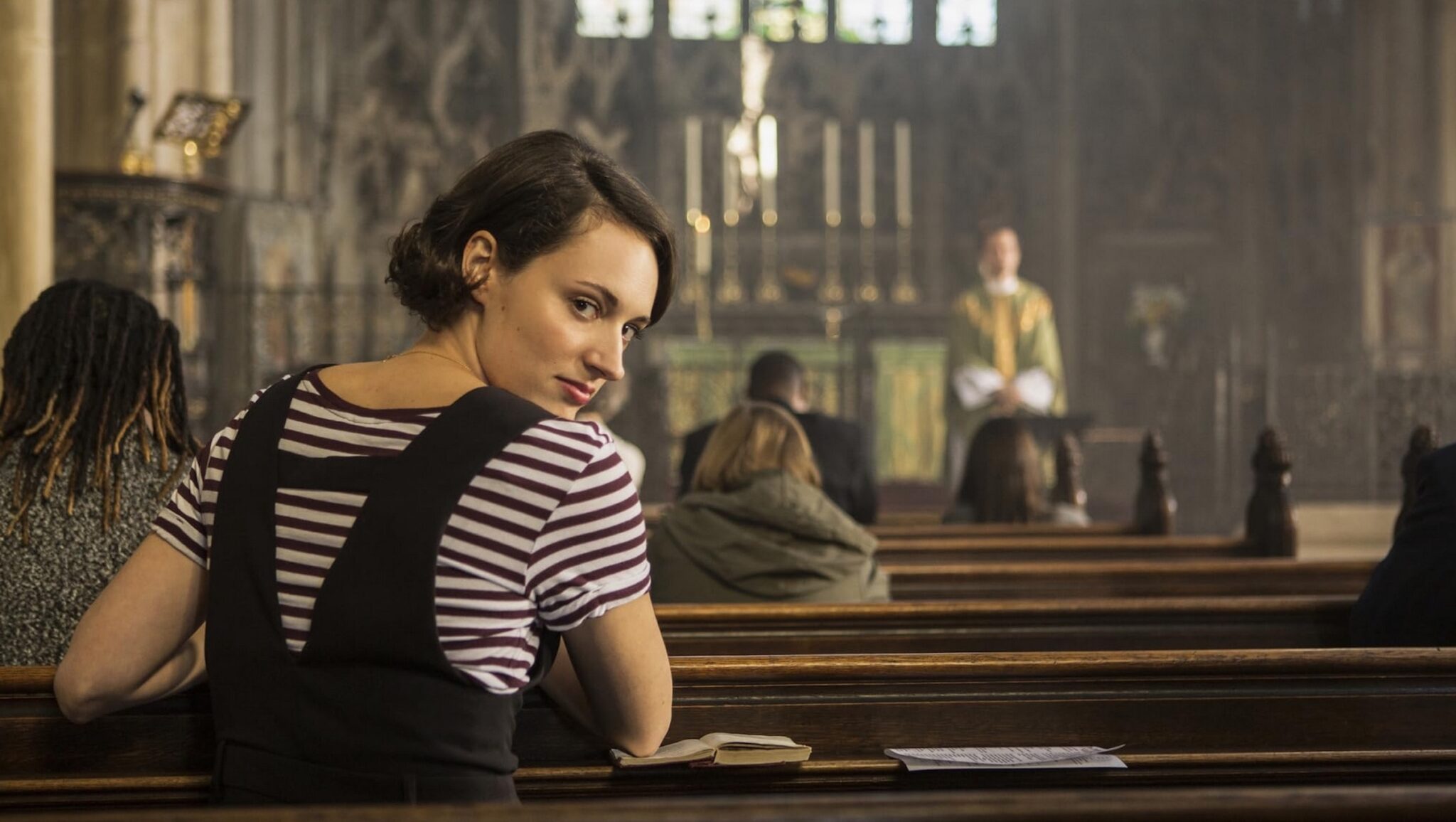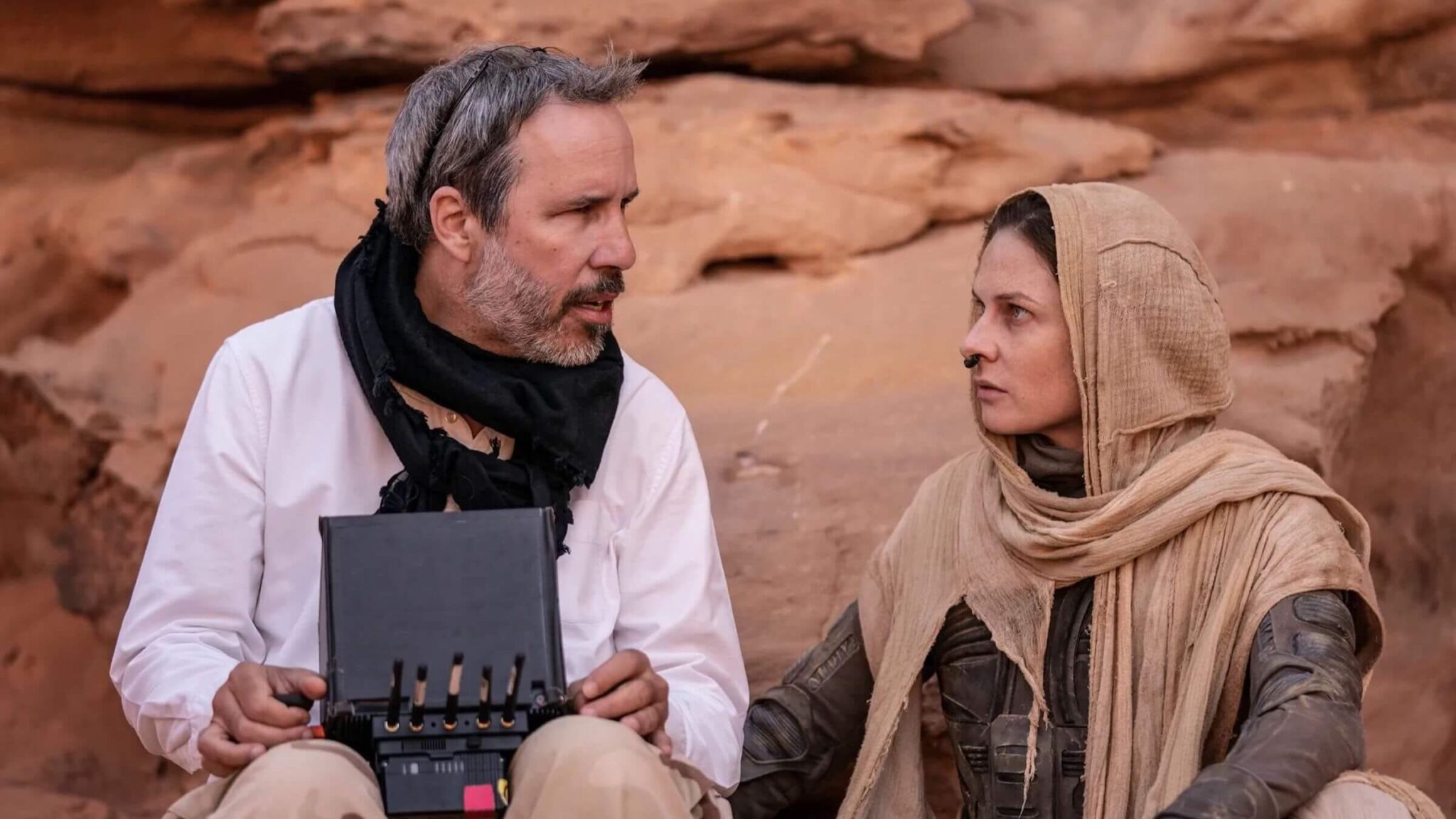Three Psychological Tricks Screenwriters Can Use to Engage Audiences

Suspense is everywhere in film. It drives the cinematic experience of the story. It keeps audiences engaged and before any screenplay is produced, the presence of ongoing suspense structures in scripts being read by script readers, assistants, development executives, and producers is what keeps them turning those pages.
Suspense — a state or feeling of excited or anxious uncertainty about what may happen.
The best screenplays are those that keep audiences and readers in some state of invested excitement and anxiety throughout the experience of the story.
Jaws made us excited and anxious to learn when the shark was going to kill again, who that victim would be, and if there was any way to stop it.

The 40 Year-Old Virgin made us excited and anxious to see how Steve Carell's Andy would finally lose his virginity and how he would fail time and time again during his quest to achieve that goal.

Raiders of the Lost Ark made us excited and anxious as we watched Indiana Jones travel around the globe trying to hunt down the Ark of the Covenant to keep it out of the hands of the Nazis.

Die Hard made us excited and anxious as we watched the barefoot and alone John McClane, trapped in a business tower full of terrorists. We wondered not just how he would survive, but how he'd save his wife and the other hostages before Hans Gruber and his minions destroyed the building.

There Will Be Blood made us excited and anxious as we watched the tyrannical oil tycoon Daniel Plainview rise to power — and then waited for the moment that his empire would come crashing down on him as he went further and further down the line of tyranny and evil.

Psycho made us wonder about the horror and dangers surrounding Norman Bates, his quaint roadside motel, and his mother's house looming above.

All genres utilize suspense in one way, shape, or form — whether it is through action, adventure, scares, thrills, laughs, or drama.
There Is Psychology Behind How, When, and Why Suspense Works
Much research has been implemented throughout the years in search of those answers. Ed Lichtenstein and William F. Brewer proposed the theory of Structural Effect and its effect on how audiences and readers experience stories differently when three specific story structures are implemented.
Lichtenstein was the head of research at the Rochester Institute of Technology while Brewer was the head of the Department of Psychology at the University of Illinois. Their paper Stories are to Entertain: A Structural-Affect Theory of Stories came to some amazing and eye-opening conclusions that all screenwriters should consider when writing and structuring their screenplays. Within this paper, they focused on three major discourse structures which account for the enjoyment of a large proportion of stories.
We use these three structures — also known in some circles as the Tripod of Suspense Storytelling — as keys to understanding how these suspense structures in screenplays can change the overall experience that an audience or script reader has while your stories unfold.
This "tripod" consists of three different narrative structure types — surprise, suspense, and curiosity — that create specific and different types of emotions in the audience and reader. By using these structures to manipulate the order in which the screenplay events unfold, different psychological emotions of the audience or reader can be invoked — all while utilizing the same story elements, just in a different order.
Surprise
Surprise within a screenplay is evoked by an unexpected event. The surprise event structure must contain critical plot or story information early on within the script. This critical information behind such a scene is omitted, without letting the audience or reader know that it has been omitted, and then is inserted later on in the script. This leads to the surprise of the reveal behind that unexpected event.
- Charles gets up from a chair
- He walks slowly towards the window
- The window breaks and Charles falls dead
- The sound of a gunshot echoes in the distance

A scene showcasing a sniper taking aim has been omitted from this sequence, causing a surprise to unfold as we are never made aware of the presence of a sniper — thus the gunshot is a shocking event that would have otherwise been expected had the sniper been revealed in a scene leading up to Charles walking towards the window and later falling dead.
Suspense
Suspense is evoked by showcasing scenes in chronological order, beginning with an initiating moment that will likely lead to significant consequences for the character(s). This causes the audience or reader to be invested and engaged by the story out of concern for the character(s) involved.

- A sniper is waiting outside of the house
- Within the house, Charles gets up from the chair
- He walks slowly toward the window
- The window suddenly shatters and the sound of a gunshot rings out
- Charles falls dead
The interesting aspect of this structure change is that the audience or reader are those that are placed in suspense. The character knows nothing about the sniper and the danger that lies beyond the window they stand in front of. But because the audience or reader sees the sniper waiting outside of the house, suspense is built because we know that danger is looming.
This is a major emotional difference between the Surprise Structure where we are affected not by information we know — as in this Suspense Structure — but by information we don't know with the element of shock and surprise that follows the gunshot.
Curiosity
Curiosity is evoked by presenting the final outcome of the story first. By essentially showing the ending towards the beginning — or at least the event that leads to the final ending — we will become curious as to how this event came about. This draws us in with suspense as we watch the characters, their actions, and their reactions lead us to the answers we've been waiting for.

- Charles is dead
- All we see is broken glass around his dead body
- The police examine the scene and find the broken glass
- Who killed him? How? And why?
This is a standard suspense device utilized in most great detective stories and mysteries. We see the end result first, and are left in suspense as we wait to see the answers to "Who, what, when, where, and why?"
Look no further than The Usual Suspects for a perfect cinematic example of the curiosity structure.
We know Gabrial Byrne's Keaton is going to die. This is an event that happens at the end of the film and later leads to a major reveal to end the movie. However, we are shown this moment at the beginning, so we find ourselves curious to learn who killed him, who witnessed that killing, and why. More and more questions loom as the usual suspects of a crime are gathered and Keaton is one of them — is one of these other suspects the man that killed Keaton?
- Keaton lays badly wounded on a ship docked in the San Pedro Bay
- He is confronted by a mysterious figure whom he calls "Keyser"
- The mysterious figure shoots him dead and sets fire to the ship
- It is implied that someone is hidden and has witnessed this moment
- The usual suspects are gathered into a room under suspicion of an earlier heist
- How are they connected? Is one of them Keaton's killer?
Another great example is the opening of Christopher's Nolan's Memento.
In the opening shot — brilliantly showcased in reverse from end to beginning — we learn that Guy Pearce's Leonard has found his wife's killer, and that killer appears to be Teddy. However, as the film unfolds in unique "order" we see that Teddy appears to be Leonard's friend. Our curiosity is heightened as that "fact" is tested with each added scene.
The below curiosity structure plays in reverse, but still starts with an event that intrigues us.
- Leonard shoots his wife's killer
- His supposed wife's killer is his friend
- His supposed wife's killer is acting like his friend
- His supposed wife's killer was actually killed long ago and Leonard is going through his investigation process to give his life meaning
Now, for both of these examples, let's apply the two other structures to these scenarios and see how the emotional investment of the audience and reader can and will change.
If we apply the Surprise Structure, we see the events of each example unfold as such:
The Usual Suspects (Surprise Structure)
- The usual suspects take on a heist within a ship docked in the San Pedro Bay
- After that heist, most are dead
- Keaton lays badly wounded
- He is confronted by a mysterious figure whom he calls "Keyser"
- The mysterious figure shoots him dead and sets fire to the ship (surprise)
- Verbal is left to tell the story of how the usual suspects came together for the heist
This is a very simplified list detailing the structure change, but as now restructured, the surprise lies within Keaton's death and we'd be invested in learning the reason behind his fate and who was behind its implementation.
Memento (Surprise Structure)
- Leonard's wife is killed (surprise)
- Leonard suffers from short term memory loss as a result
- Leonard tries to find his wife's killer
- Leonard finds and shoots his wife's killer
- Leonard learns that his life no longer has any meaning as he is trapped in this endless short term memory loss cycle
- Leonard continues to trick himself into going through his investigation process to give his life meaning, pinpointing different victims
While Memento is difficult to break down due to it's unique structure, these above main story points offer quite a different experience compared to the curiosity structure that the actual film has.
If we apply the suspense structure to The Usual Suspects and Memento, we get yet another different emotional response as the audience or reader:
The Usual Suspects (Suspense Structure)
- The usual suspects are gathered into a room under suspicion of an earlier heist
- They try to figure out how they are connected
- They decide to take on a new heist
- Flash forward to Verbal telling the detective the story of how one or some of the usual suspects were killed
- Flash back to the story of how the usual suspects came together and planned the heist
- After that heist, most are dead
- Keaton lays badly wounded
- He is confronted by a mysterious figure whom he calls "Keyser"
- The mysterious figure shoots him dead and sets fire to the ship (surprise)
- Flash forward to Verbal's last moment with the detective
- Verbal is let go and the big final reveal occurs
Memento (Suspense Structure)
Since Memento is a difficult film and screenplay to break down chronologically, we use this special chronological cut in order to offer an idea of how different this story is using the suspense structure.
Again, this is a simplified breakdown as both of these examples offer their own unique narrative structure within the three elements of the Structural-Affect Theory. Regardless, it's easy to see how different those two films would be utilizing surprise, suspense, and curiosity story structures.
So what did we learn?
Structure Is the Key to All Scripts
Structure dictates everything from tone and atmosphere to narrative perspectives, character arcs, and story arcs.
This theory offers screenwriters three basic but cognitive choices to play with — and those choices allow the screenwriters the freedom to ignite different emotional responses from the audience.
So if one draft of your script seems to be missing something, you can try to shift the pieces of the puzzle — your scenes — to entice a different emotional response... a different read of your script.
These cognitive paradigms could be the answer you've been looking for. They could mean the difference between an average script and a brilliant one. All within a mere, but vital, structural change.
Read More: What is Symbolism and How Do You Use It In Your Writing
Ken Miyamoto has worked in the film industry for nearly two decades, most notably as a studio liaison for Sony Studios and then as a script reader and story analyst for Sony Pictures.
He has many studio meetings under his belt as a produced screenwriter, meeting with the likes of Sony, Dreamworks, Universal, Disney, Warner Brothers, as well as many production and management companies. He has had a previous development deal with Lionsgate, as well as multiple writing assignments, including the produced miniseries Blackout, starring Anne Heche, Sean Patrick Flanery, Billy Zane, James Brolin, Haylie Duff, Brian Bloom, Eric La Salle, and Bruce Boxleitner. Follow Ken on Twitter @KenMovies
For all the latest ScreenCraft news and updates, follow us on Twitter and Facebook!
Tags
Get Our Screenwriting Newsletter!
Get weekly writing inspiration delivered to your inbox - including industry news, popular articles, and more!













